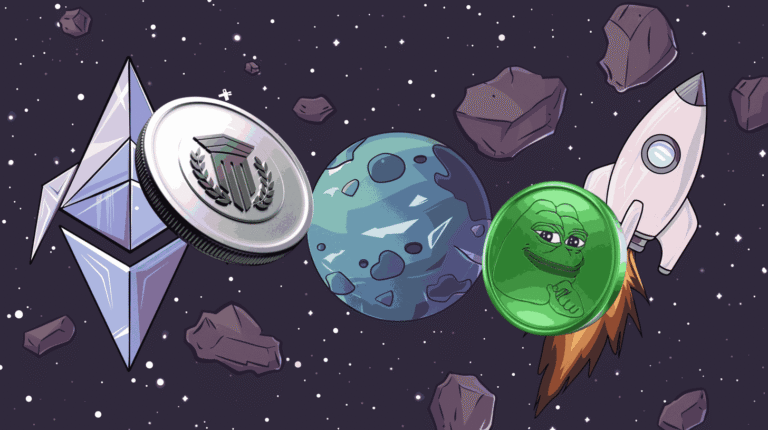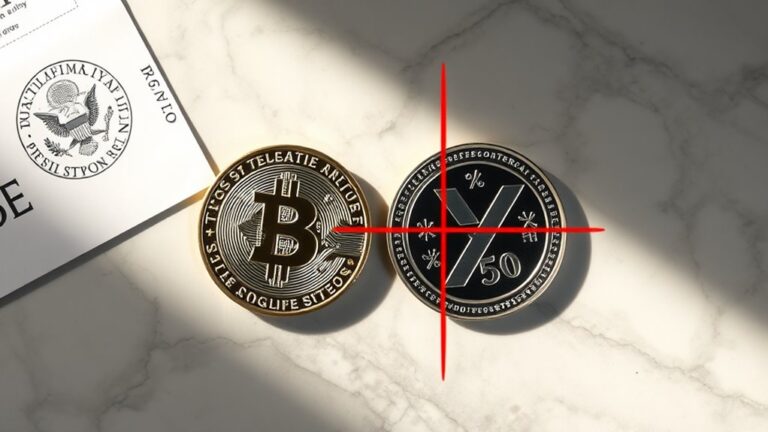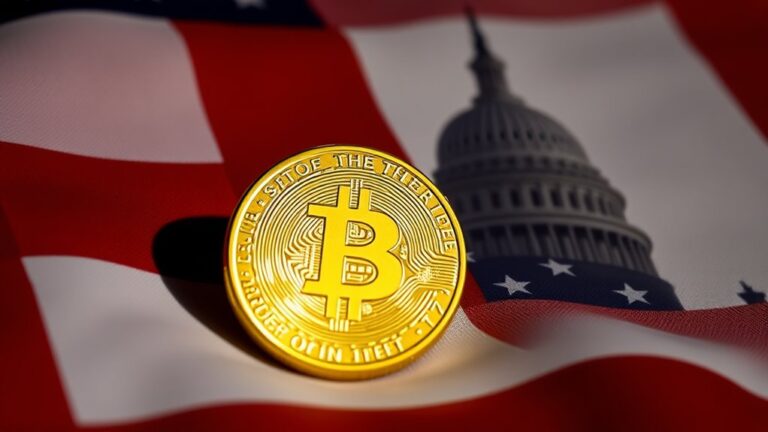Battle for Stablecoin Dominance: Will Regulators Dethrone Tether?
Note: This post may contain affiliate links, and we may earn a commission (with No additional cost for you) if you purchase via our link. See our disclosure for more info. The gold and crypto world is constantly changing. This is not financial, investment, legal, or professional advice. So, please verify the information on the gold and cryptocurrency provider’s websites.

While crypto markets famously ride the rollercoaster of volatility, stablecoins have quietly become the industry's steady backbone. No drama, just reliability. That's the pitch, anyway. And boy, have investors bought it. The stablecoin market has exploded to $227 billion as of March 2025, with Tether's USDT commanding a massive 62% market share. That's $142 billion under one company's control. Let that sink in.
Remember the crypto crashes of 2022? The ones that were supposed to kill digital assets forever? Well, stablecoins didn't just survive—they thrived. Their market share jumped from 7% in 2021 to where we are today. Not too shabby for the “boring” corner of crypto.
Tether isn't just big—it's becoming ubiquitous. Daily USDT transactions routinely cross the $20 billion mark, putting it in the same league as traditional payment networks. Regular money moves through Tether now. Actual, real-world commerce. Combined with Circle, these two stablecoin giants hold a staggering $204 billion in treasury assets. That's more than many mid-sized countries have in reserve.
What's fueling this growth? Fiat-backed coins, primarily. People want the blockchain's efficiency without Bitcoin's mood swings. Can't blame them. The dollar's stability with crypto's speed is an attractive combo. Beyond traditional USD-pegged options, the industry has seen substantial growth in gold-backed stablecoins offering alternative stability mechanisms. These emerging digital assets represent interoperable programmable money that has potential to transform how global financial transactions are conducted.
But here's where it gets interesting. Regulators are circling. Tether's size means it's no longer just crypto's problem—it's potentially everyone's problem. Systemic risk is the term they use in Washington. When you're holding $142 billion in assets, governments tend to ask questions. Uncomfortable ones.
Will regulation knock Tether off its perch? Maybe. But dethroning the king won't be easy. Tether's offshore structure gives it flexibility that US-based competitors lack. And users don't seem to care much about regulatory concerns—they want what works. Right now, that's Tether.
For better or worse, the stablecoin empire isn't showing cracks yet. But in crypto, things can change overnight.












